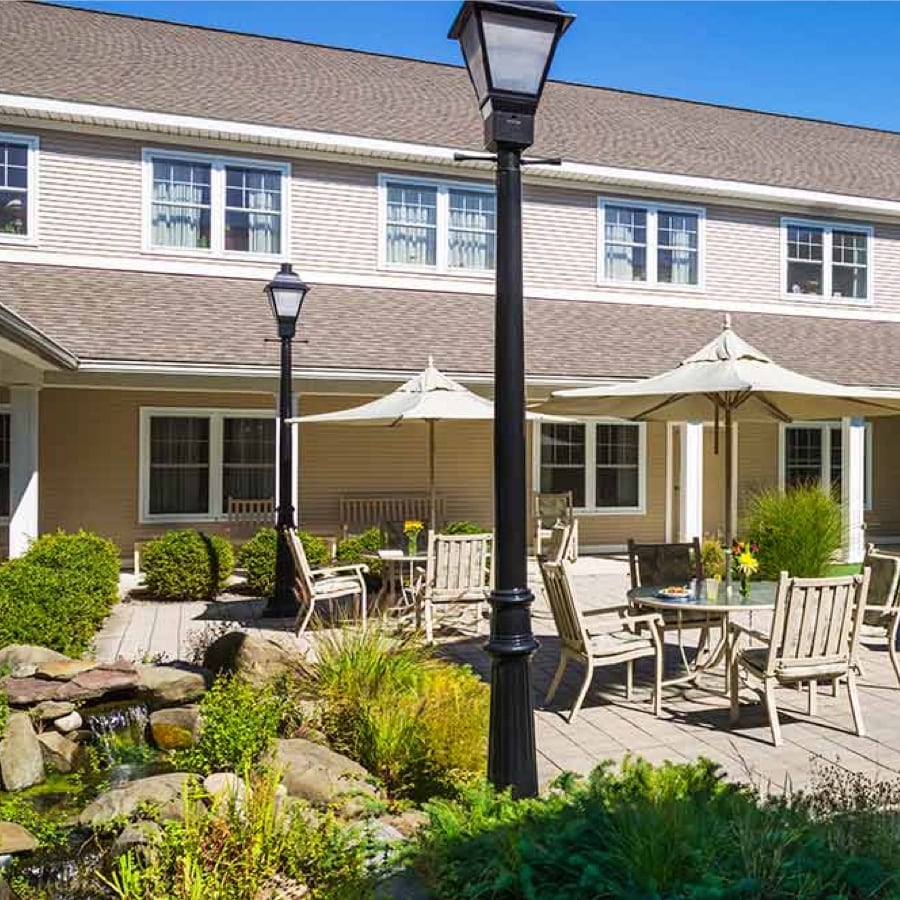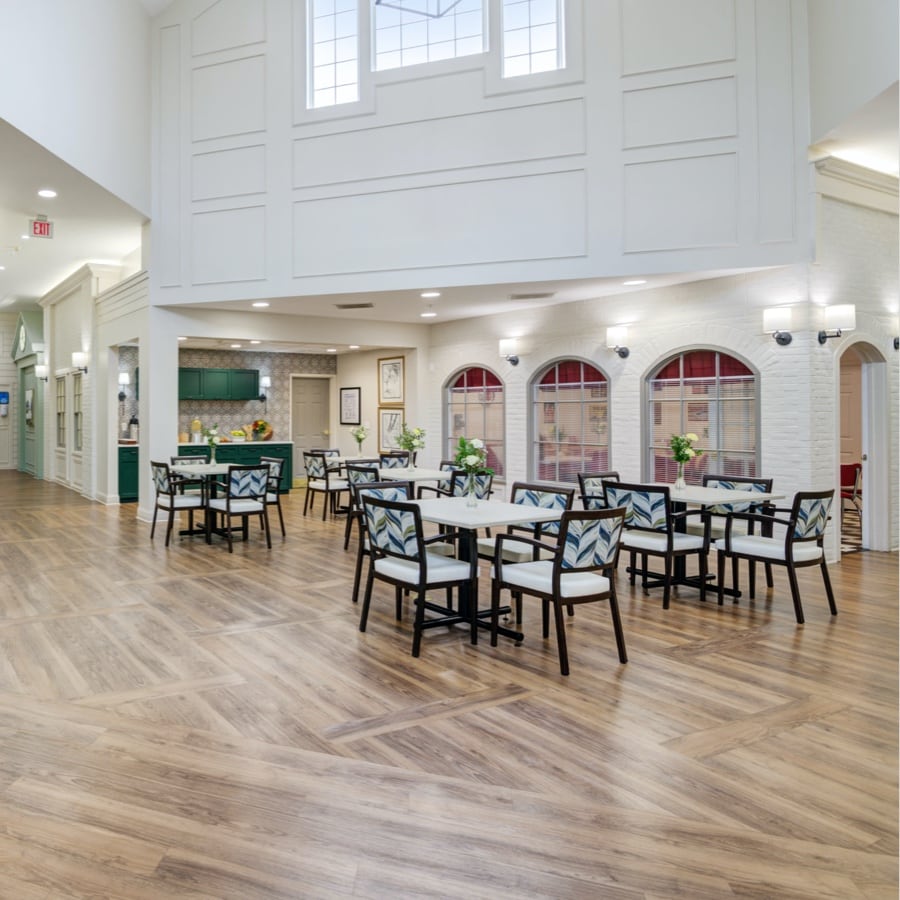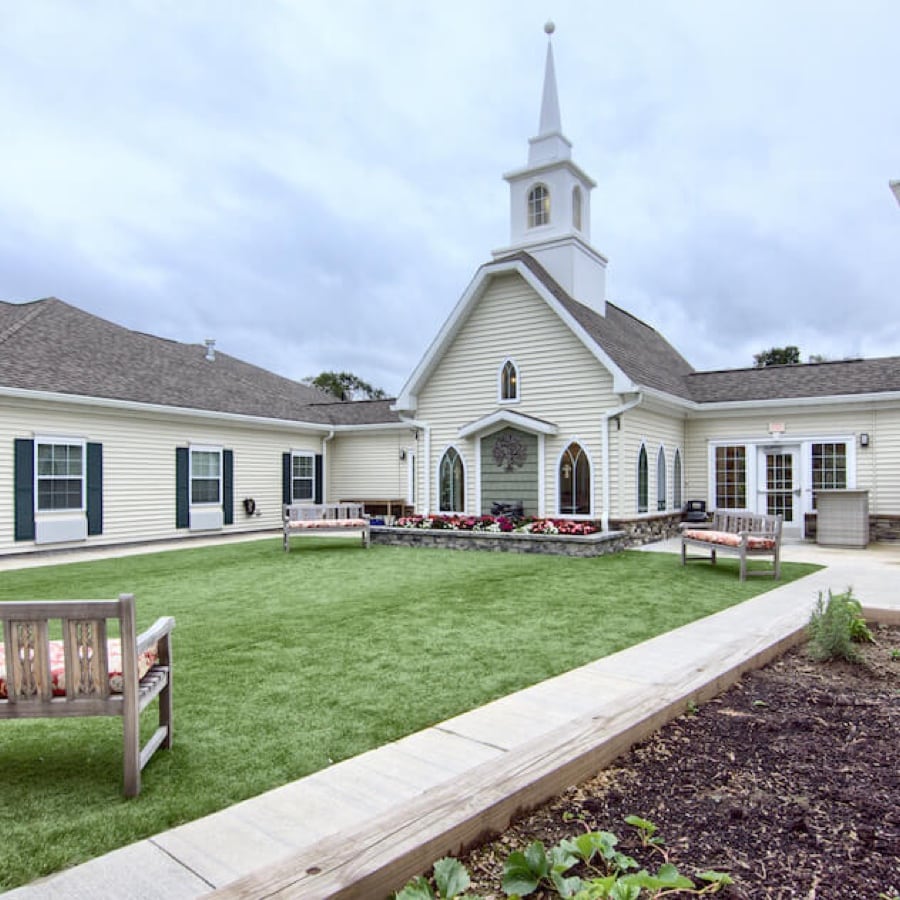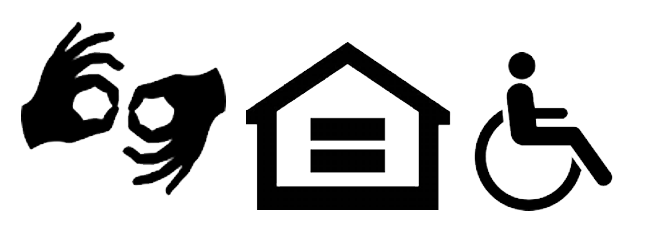Nursing homes may provide the intense attention and precise medical components that your loved one needs. In other cases, care options available in today’s senior living communities would be a better choice. Here is an overview to help you understand the differences between these two options.
Senior living communities: An emphasis on life enrichment.
The emphasis is on independence. Residents in independent living are free to come and go as they please, and encouraged to be as active and engaged as they choose. Opportunities for lifelong learning, socializing, wellness, friendship and personal growth abound. Many senior living communities also offer higher levels of care, such as assisted living, memory care, skilled nursing, and rehabilitation services.
- Residents are mostly independent, and have choices
- More personalized care
- Amenities such as fitness area, library, beauty salon, theater and spiritual area
- Calendar of activities that might include classes and lectures, arts and crafts, games, special outings, walking clubs, fitness classes, movies, parties, trivia contests, and more
- Multiple dining venues from formal to casual
- Choice of apartment floor plans
Assisted Living in Senior Living Communities
A person needing assistance with activities of daily living, but otherwise able to live without 24-hour monitoring, would be a good candidate for assisted living in senior living communities. The emphasis is on physical, emotional and mental well-being and how that can be enhanced for a high quality of life. Residents of assisted living would most likely not describe themselves as “old” or “frail,” but rather as someone who no longer has to worry about the responsibilities of a home—and now can relax while enjoying activities and programs that can enhance their life.
Memory Care in Senior Living Communities
Residents dealing with the challenges of Alzheimer’s or other forms of dementia would benefit from the specialized attention and therapeutic programs offered in memory care in senior living communities. Surrounded by others facing the same daily challenges, memory care residents often can relax and achieve a sense of success in tasks that match their history and preferences.
Skilled Nursing in Senior Living Communities
Senior living communities offering skilled nursing are good choices when a person is recovering from an illness, injury, or surgery, and needs 24/7 monitoring and medical assistance on a short-term basis.
Nursing homes: Intensive care and attention.
People who need round-the-clock assistance are the best candidates for a nursing home setting. Often, the person has a medical condition which requires professional medical attention, something a family member is not equipped for. The goal is to deliver the highest level of care possible outside a hospital setting, providing assistance, and helping each person stay as comfortable as possible.
Today’s nursing homes are highly regulated and offer exceptional care and treatment for adults with severe physical health concerns.
- Residents require 24-hour monitoring
- A licensed physician supervises each patient’s care and a nurse or other medical professional is almost always on the premises.
- Custodial care is provided—assistance with getting in and out of bed, with feeding, dressing, bathing
- Residents live in semi-private (or private) rooms with no kitchen
- A central nursing station provides staff visibility
- Respite care and hospice care are often available
According to MedlinePlus, some nursing homes have special care units for people with serious memory problems such as Alzheimer’s disease. Some will let couples live together. Nursing homes are not only for older adults, but for anyone who requires 24-hour care.
Numbers for Nursing Homes
In 2016, The Centers for Disease Control reported there were approximately 15,600 nursing homes in the U.S. with 1.7 million licensed beds and 1.3 million residents. The likelihood of needing nursing home care rises steeply with age.
- About half of all people who live in nursing homes are 85 years of age or older
- More women reside in nursing homes than men
- Over 80% of nursing home residents need help with 3 or more ADLs (such as dressing and bathing). About 90% of residents who are able to walk need assistance or supervision.
- 44 percent of nursing home residents stay less than one year
- 30 percent stay between one and three years
- 24 percent spend more than three years
Understanding the options.
Both senior living communities and nursing homes offer benefits, depending upon a person’s needs and goals. Talk with a physician for more guidance and explore all your options.
Discover how our activities and programs will help you or your loved one age well.Contact us today to learn more. Please download the free guide, Just the Facts: A Guide to Assisted Living. We are here to help you!











